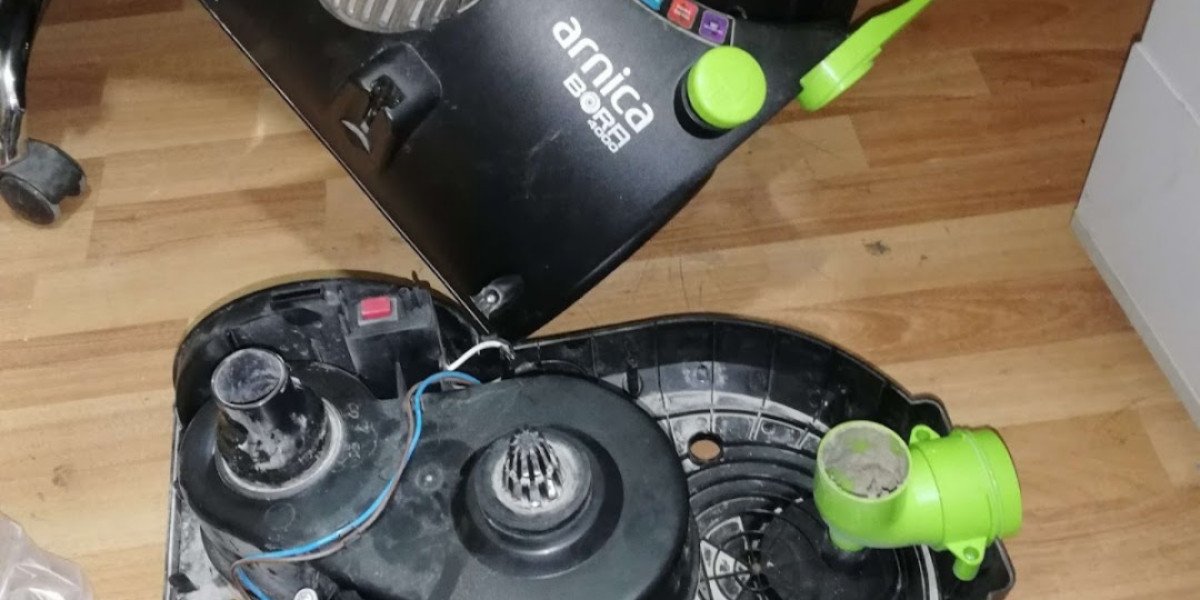Photodetectors are usually divided into photodetectors and pyroelectric detectors according to their working principles and structures. Photodetectors include vacuum photoelectric devices (photomultiplier tubes, etc.) and solid-state photodetectors (photodiodes, photoconductive detectors, CCDs, etc.) .
Photomultiplier tube (PHOTOMULTIPLIER TUBES, PMT)
Photomultiplier tube (PMT) is a kind of photodetection device with extremely high sensitivity, and also has the characteristics of fast response, low noise, large area cathode (photosensitive surface) and so on.
Photodiode (Photodiode)
The working principle of photodiodes is mainly based on the photovoltaic effect. The photovoltaic effect is the effect of generating electromotive force on the PN junction after the semiconductor material absorbs light energy.
Photoconductive Detector
A photoconductive detector is a photodetection device made of the photoconductive effect of semiconductor materials. The so-called photoconductive effect refers to a physical phenomenon in which the conductivity of the irradiated material changes due to radiation.
In the optoelectronic test system, various detectors need to be selected according to actual needs, and special attention should be paid to the following aspects:
- The actual spectral measurement range, which is the first problem to be paid attention to when choosing a photodetector;
- The photomultiplier tube is a highly sensitive detector, and its wavelength range is limited (usually to 900nm, some models can get more than 1000nm, but the price is usually very expensive), and it requires a high-stability high-voltage power supply when used;
- Photovoltaic detectors have the characteristics of fast response and high sensitivity. Generally, a lock-in amplifier is not required when used. When detecting weak signals, a lock-in amplifier can be selected to improve the signal-to-noise ratio;
- The photoconductive detector has a slow response and needs to be matched with a lock-in amplifier for signal detection, and attention should be paid to the selection of the modulation frequency;
- When selecting the detector, special attention should be paid to the selection of the matching preamplifier, in order to maximize the detection efficiency of the detector;
- When choosing a TE refrigeration detector, you should also pay attention to the selection of the corresponding thermostat. The detector, thermostat and preamplifier should be selected separately according to your needs;
- Infrared detectors usually need to be cooled and used with lock-in amplifiers.








